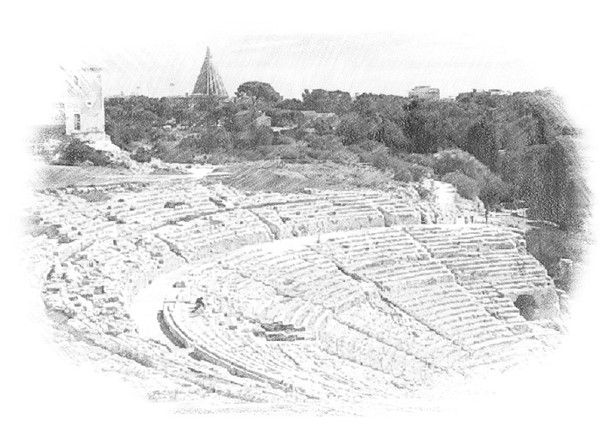
The city of Syracuse, as you have often heard, is the largest and most beautiful of all Greek cities of all: and the reality corresponds perfectly to the fame. Its position is not only well protected, but but also beautiful to look at, no matter how you enter it, either by land or by sea [...].
Cicerone
What is Siracusa Sicily known for?
From the Contrada Fanusa, where we produce our Chalices of History, a stone’s throw from the seaside resorts of Terrauzza, Plemmirio, Arenella, Ognina and Fontane Bianche, you can reach the city along the modern Via Elorina, whose name derives from the Helorine odos, an ancient road that led to the settlement of Eloro and that, before reaching Siracusa, passed through the Olympeion, the temple outside the city dedicated to Zeus Olympius. The temple overlooked the entire city from a high point, and today only two columns remain to testify to its existence. According to ancient sources, the area around the temple was called Polychne: votive jars containing oils were made there and then scattered at sea by sailors to calm navigation. A large statue of Zeus Olympius was kept inside the temple, along with tables listing the names of all citizens eligible for arms.

